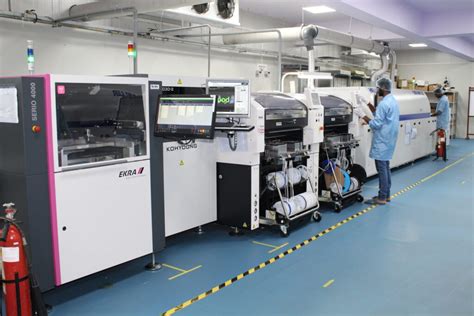
Why Do You Need Turnkey PCB Assembly Services?
What is Turnkey PCB Assembly? Turnkey PCB Assembly is a comprehensive service that covers the entire process of designing, fabricating, and assembling printed circuit boards[…]

Why is Microvia Better Than Other Via?
Introduction to Microvia and Its Superiority Microvia, also known as HDI (High Density Interconnect) via, is a small-diameter via used in high-density PCB (Printed Circuit[…]
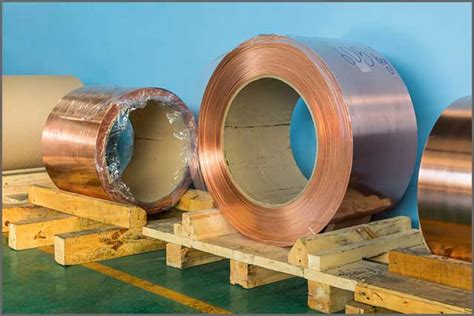
Tolerances on Copper Thickness on a PCB
Understanding PCB Copper Thickness and Its Importance Printed Circuit Boards (PCBs) are the backbone of modern electronics, providing a platform for connecting and integrating various[…]
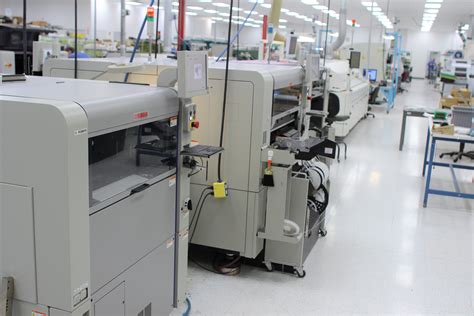
6 Proven Working Tips to Find Good SMT Manufacturers
Understanding the Importance of Choosing the Right SMT Manufacturer Before delving into the tips for finding good SMT Manufacturers, it is essential to understand why[…]
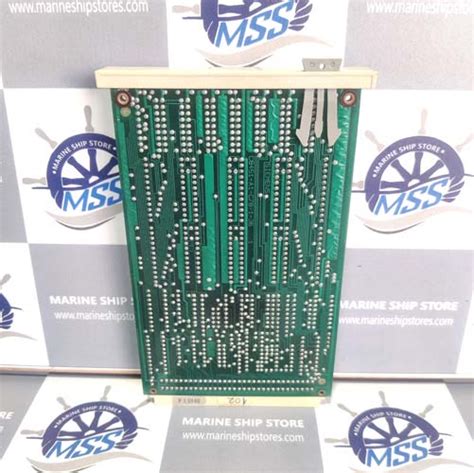
Capability of the PCB Surface Mount Plant
Introduction to PCB Surface Mount Technology (PCB-SMP) Surface Mount Technology (SMT) has revolutionized the PCB manufacturing industry by enabling the production of smaller, lighter, and[…]
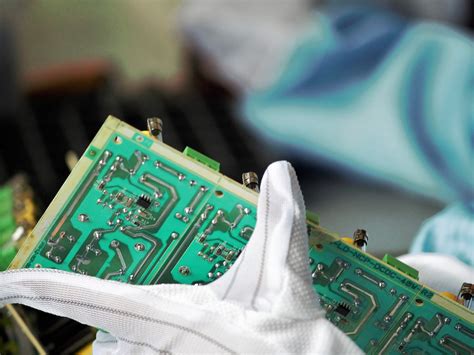
PCB Shortage: The Effects of Circuit Board Shortages
Introduction to PCB Shortages The global electronics industry is currently facing a significant challenge in the form of a PCB (Printed Circuit Board) shortage. PCBs[…]
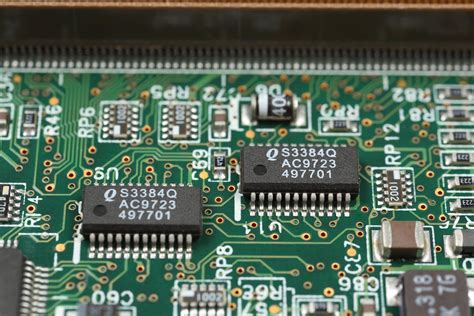
PCB Components- 14 Important Tips for Choosing PCB Components
Understanding the Importance of PCB Component Selection PCB component selection is a critical aspect of the PCB design process. The components you choose will directly[…]
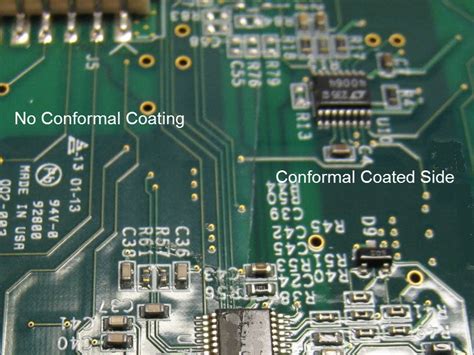
7 Important Factors of PCB Conformal Coating Ideal Thickness
Understanding PCB Conformal Coating Before diving into the factors that determine the ideal thickness of PCB conformal coating, let’s briefly understand what conformal coating is[…]
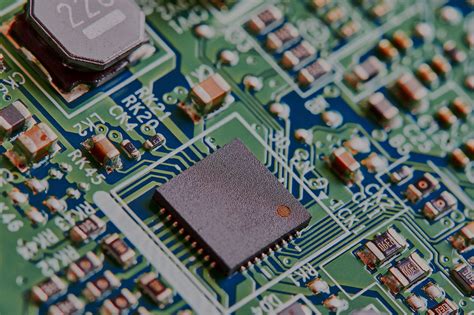
10 Must Know PCB Fabrication Techniques Device
Introduction to PCB Fabrication Printed Circuit Board (PCB) fabrication is a complex process that involves various techniques and processes to create a functional electronic device.[…]
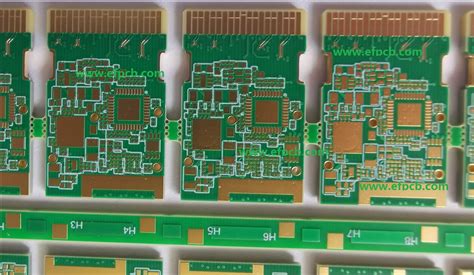
Microvia PCB: Design and cost consideration
Introduction to Microvia PCB Technology Microvia PCB technology has revolutionized the electronics industry by enabling the creation of high-density interconnect (HDI) printed circuit boards. These[…]